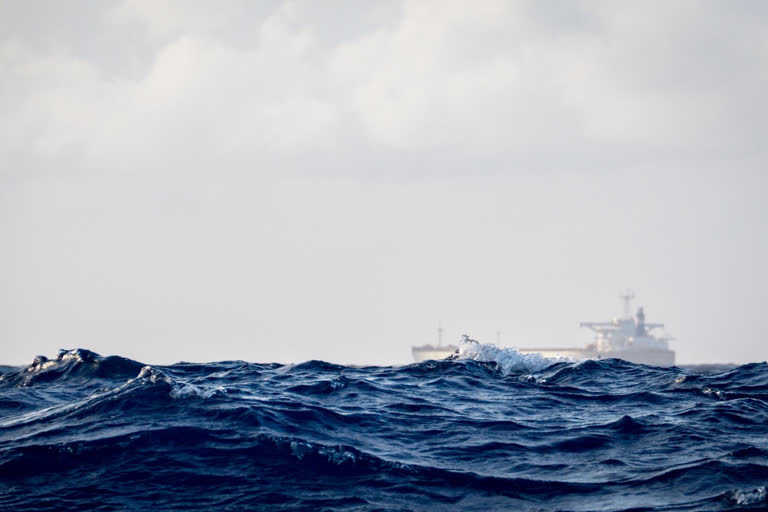Hyderabad: Addressing the Maritime India Summit, 2021, Prime Minister Narendra Modi announced his government’s resolve to emerge India as a leading blue economy. Apparently, his vision perfectly reflects the upcoming opportunities.
The Sagarmala project which envisages the unlocking of India’s potential of waterways and the coastline was first heard of during Vajpayee’s tenure as Prime Minister. However, the proposal was left by the wayside during UPA’s stint.
Modi regime revived the Sagarmala project over six years ago. At that time the aim was to establish Coastal Economic Zones by modernizing ports, building world-class major ports and interlinking all of them.
Read:|Protests intensify among fishing communities against Centre’s Blue economy policy draft
As the development objectives have turned upside down due to the collapse of all sectors under the impact of the Covid pandemic, the government chose to formulate a new draft titled “Maritime Vision 2030” with some timely changes.
India’s maritime history dates back to several thousands of years. It had several historic ports that flourished as major commercial centres. Along a coastal area spanning 7,500 kilometres, India has 12 major ports and more than 200 notified minor and intermediate ports. Through these ports, India transports goods weighing 140 crore tons.
The Prime Minister says that his government is committed to bolstering the country’s natural oceanic strength by developing waterways, seaplane services and promotion of tourism at ports and lighthouses. While stating that by the year 2035, Rs 6 lakh crore will be spent for the strengthening of major ports, the Prime Minister has also sought domestic and international investments for the purpose.
As declared earlier, if the government manages to develop major ports into industrial centres by interlinking the ports in West Bengal, Odisha, Andhra Pradesh, Tamil Nadu, Kerala, Karnataka, Maharashtra and Gujarat, all those places will become flourishing centres of the blue economy.
Read:|'Andhra aims for 10% share in India's overall exports'
